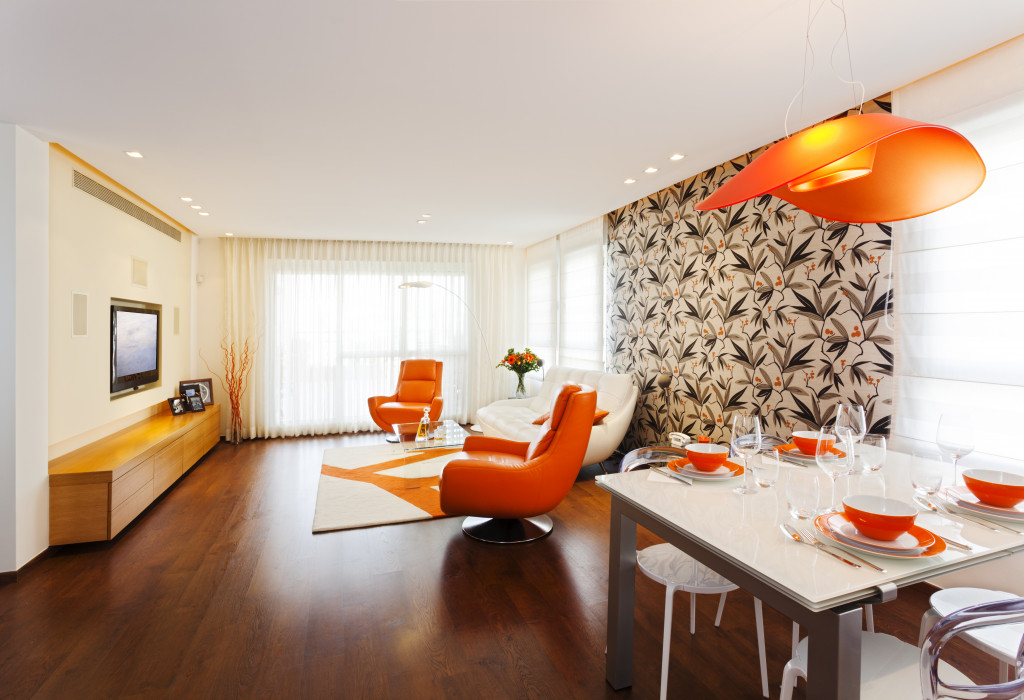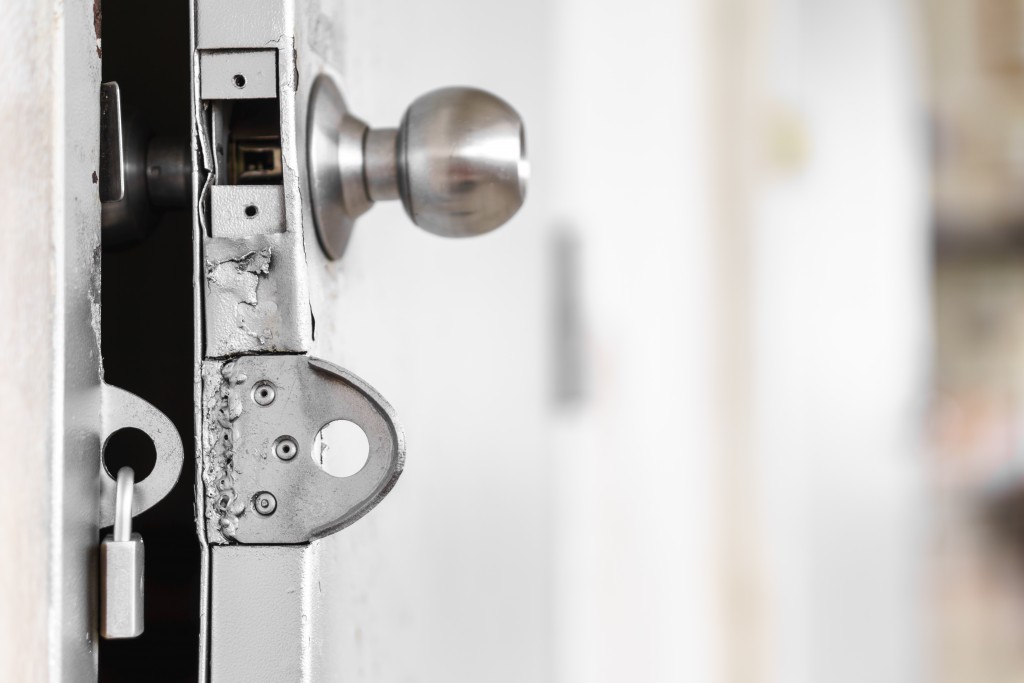The New York School of Interior Design defined interior design as all about how we experience spaces. As a profession, interior design has been around for over a hundred years. A young profession compared to architecture and engineering. Despite its age, it has managed to evolve to an essential part of how we perceive spaces. Interior design contributes to how an indoor space affects how we work, learn, relax, and heal by making them comfortable, efficient, safe, and visually pleasing.
Interior design can be seen in living spaces, workspaces, and public spaces. The most common place you’ll see the product of this profession is inside your house. This article will talk about how essential interior design is in improving the spaces you spend most of your time in.
What is considered a living space?
The American National Standard Institute (ANSI) stated that living areas include living rooms, bedrooms, bathrooms, dining rooms, and kitchens. These areas should have adequate heating and ventilation per ANSI guidelines.
How does interior design improve living spaces?
Do you have a specific design you want in mind, but have no idea how to execute it? That’s where interior design comes in. Let’s tackle how it can improve each living space one by one.
More often than not, when you enter a house, the first area you’ll be in is the living room. This is where you’ll rest or entertain your guests. It is also common for living rooms to be one, if not the biggest part of a house. For this space, interior design can make your living room one that oozes with the word “welcome” through colors, furniture arrangement, and lighting as they contribute to the ambiance of the first area they’ll see in your house.
A badly designed living room can result in the impression that your house is not well-designed as a whole because most of the time, the living area is the only part of the house they’ll be able to see. It wouldn’t hurt to reach out to interior design specialists to help you determine how you’ll be able to improve this space.
Another living area is the bedroom. You sleep and spend your personal time in this room. This room is the last thing you see before dozing off and the first thing you’ll see when you wake up. With the amount of time you spend inside this living space, you’d be able to notice even the minuscule things about how it is designed and the ambiance it provides. The choice of the bed frame, the mattress, duvet, curtains, the color of the wall, etc. All that can be improved by interior design.
Specialists can pitch furniture and design choices from bed frames which can prevent bad posture, mattresses that won’t give you back pain, duvets that feel like you’re laying on clouds, curtains that’ll give and restrict enough light, and colors that’ll give off the feeling of relaxation.
Designing an excellent bathroom comes with good planning when it comes to proper plumbing, waste extraction lines, tiling, and lighting because if executed using a bad blueprint, this living space can pose safety hazards. Interior design specialists will help you make the best choices in choosing the right material for this area. When taking a shower, it is unavoidable for water to splatter on the majority of the bathroom area.

So, in designing, the perfect choice of shower doors which will ensure that the water stays in the shower, tiles that aren’t slippery, and good lighting can significantly decrease the chances of obtaining an injury. Let’s not forget that bathrooms should also be equipped with the right ventilation to eliminate bad smells.
Another living space that can be hazardous if not carefully designed is the kitchen, which is often combined with the dining area. It has a stove and other appliances that may cause accidents if installed and used incorrectly. It is important to consider the knowledge of an interior design specialist and their collaborators (i.e. engineers and architects, among others) in choosing the right appliances and furniture for this area.
How else can interior design transform your living spaces?
Aside from what we’ve explained above, interior design can help you utilize and maximize your space, especially when the space you have isn’t big. Interior design caters to all types of indoor spaces and specialists would be more than happy to collaborate with you in achieving design and user experience goals. It’s a matter of finding the right experts to reach out to coupled with a design goal in mind.




